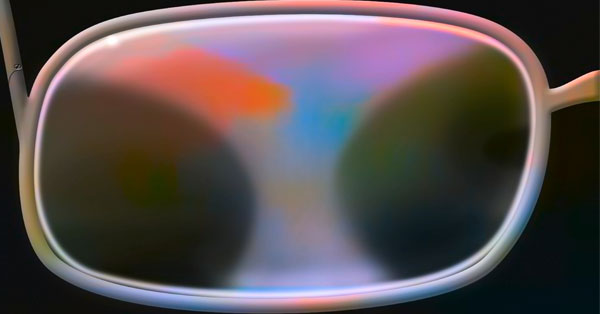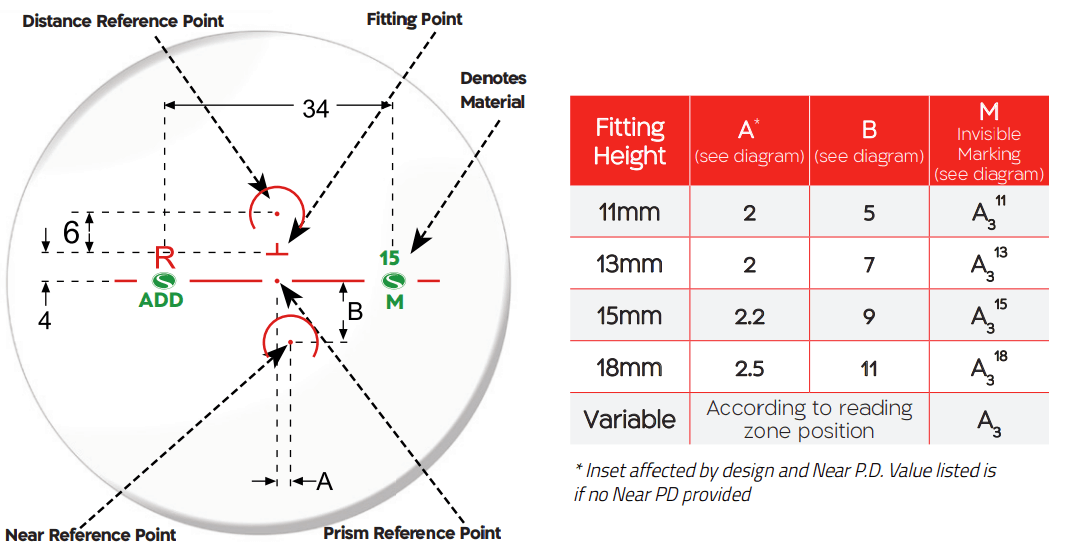Fixed & Variable Corridor Progressives

Last month we asked for some input from our readers, both customers and prospects, on what content they would like to see in our newsletters. We had some good responses; one request was on fixed/variable progressives. While we have dug into this in the past it might be time for a refresher.
To fully understand fixed and variable corridor progressives, we all need to be on the same page as some vendors utilize the terms back and forth.
- Variable - Corridor length is based solely on the seg Height
- Fixed - Corridor length is picked regardless of the seg Height
With traditional, molded progressives you have 2 options - short and regular. In most cases, a seg ht of 17 and below would utilize the short design and 18 and above would use the regular design. Digital freeform designs allow for more corridor lengths in many cases. 
Today’s fixed digital PAL designs give us 4 or 5 different corridor lengths to choose from. This allows for a very detailed, customized fitting that just might benefit your patient.
When properly used, a fixed corridor digital progressive is one of the best tools you have in your ECP tool belt. For this tool to be used to its fullest effect, there needs to be an understanding of the distinct difference in the 2 designs.
- Variable design – Prioritizes the quality of the distance and intermediate area by optimizing the lens based upon the specifications of the Rx, frame measurements, and seg height. Good all-around design, but does not take into consideration all of the patient’s specific needs.
- Fixed design – Allows the ECP to put the focus on the reading by controlling the location of the “add” in relation to the pupil; much like you would with a flattop.
With many of the progressive digital designs we offer, including our Heritage and Legacy house brands along with most Shamir products, you are given the ability to order these in either fixed or variable designs.
With the variable design, all you need to do is give us a seg height, then the corridor length will be set according to this measurement. The corridor length will be longer on higher seg heights and shorter on shorter seg heights, optimizing intermediate width.
The fixed design allows you to set a higher seg height while “fixing” the corridor to a shorter length which will allow your patient to reach the reading area sooner and get deeper into the “segment”. This often allows for a wider field of view while reading and will help ensure they experience 100% of their prescribed add power.
Take a look at this great example from the Shamir Autograph 3 below:

When is this useful?
- When a frame changes from a small B design to a larger frame that results in a change from a short corridor to a regular corridor progressive lens design. This is a common reason for the very few non-adapts we see as your patient has to learn to look deeper into the frame to find the reading sweet spot.
- When a patient goes from distant to near often throughout the day. By setting them in a shorter fixed design you are better able to accommodate their needs with reading.
- When a patient is looking for a wider reading viewing area – shortening the corridor will get them deeper into the reading area offering more left to right in the reading zone.
Decisions like fixing a corridor length can only be made by listening to your patient’s needs. Take a few minutes and find what they like most and least about their current glasses. Find out how they use their glasses and in what environment. Many of your higher add retirement-aged patients utilize their distance and reading more than intermediate. By shortening the corridor you are giving these patients more comfort in their day-to-day activities.
While shortening the corridor could “narrow” the intermediate zone with adds over 2.25, the benefits for the patient whose priority is reading will more than makeup for this.
Let me close by thanking Bob for recommending this blog content. Please let us know if there is something you would like to see in our newsletter. Feel free to leave us a comment or send it to info@icarelabs.com. We do this for you and want to give you the best training and information we can.
Looking for more dispensing tips? CLICK HERE
Don't forget our Resource Center has all the sales aids, white papers, and more available as free downloads whenever you or your team need it!

